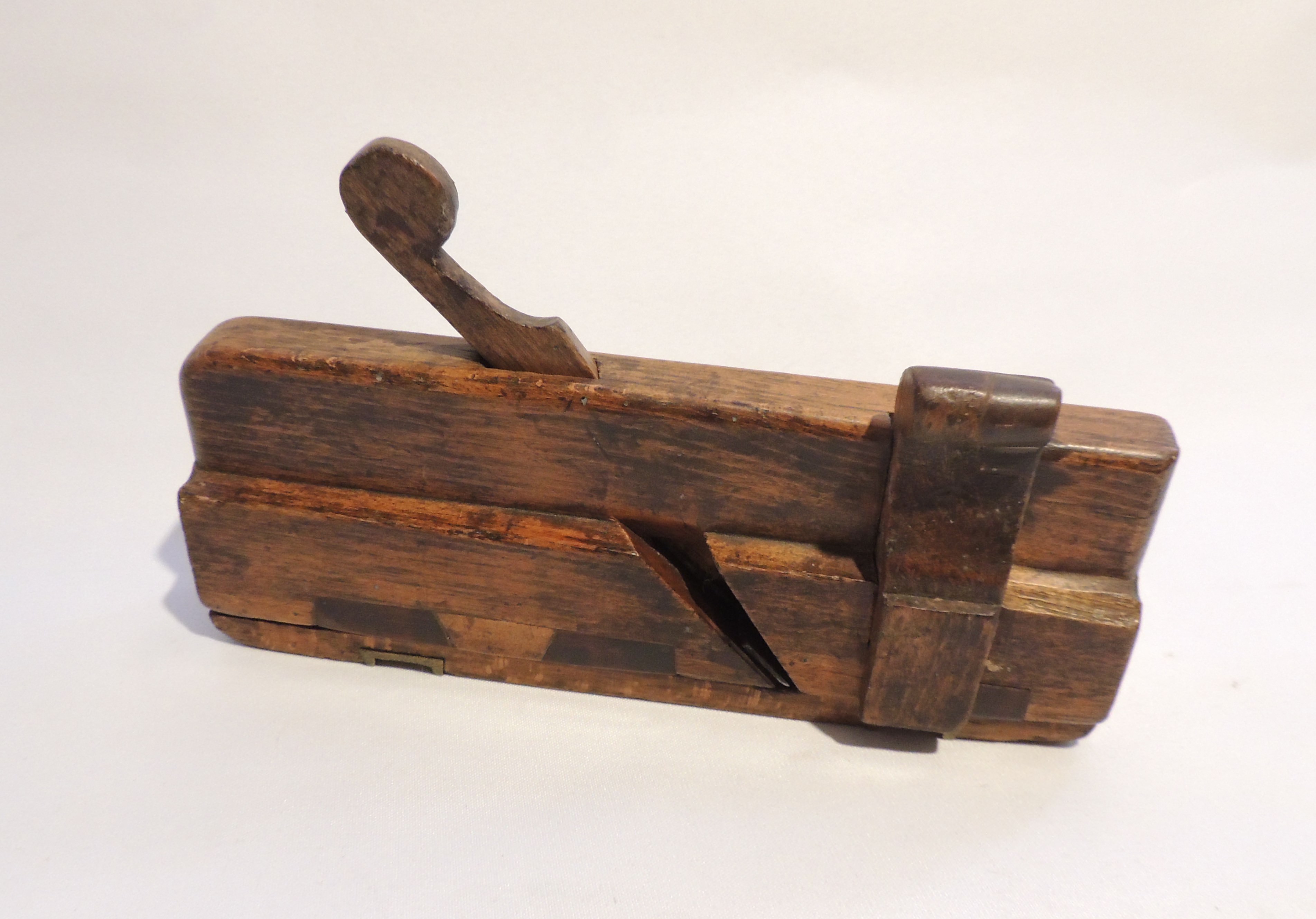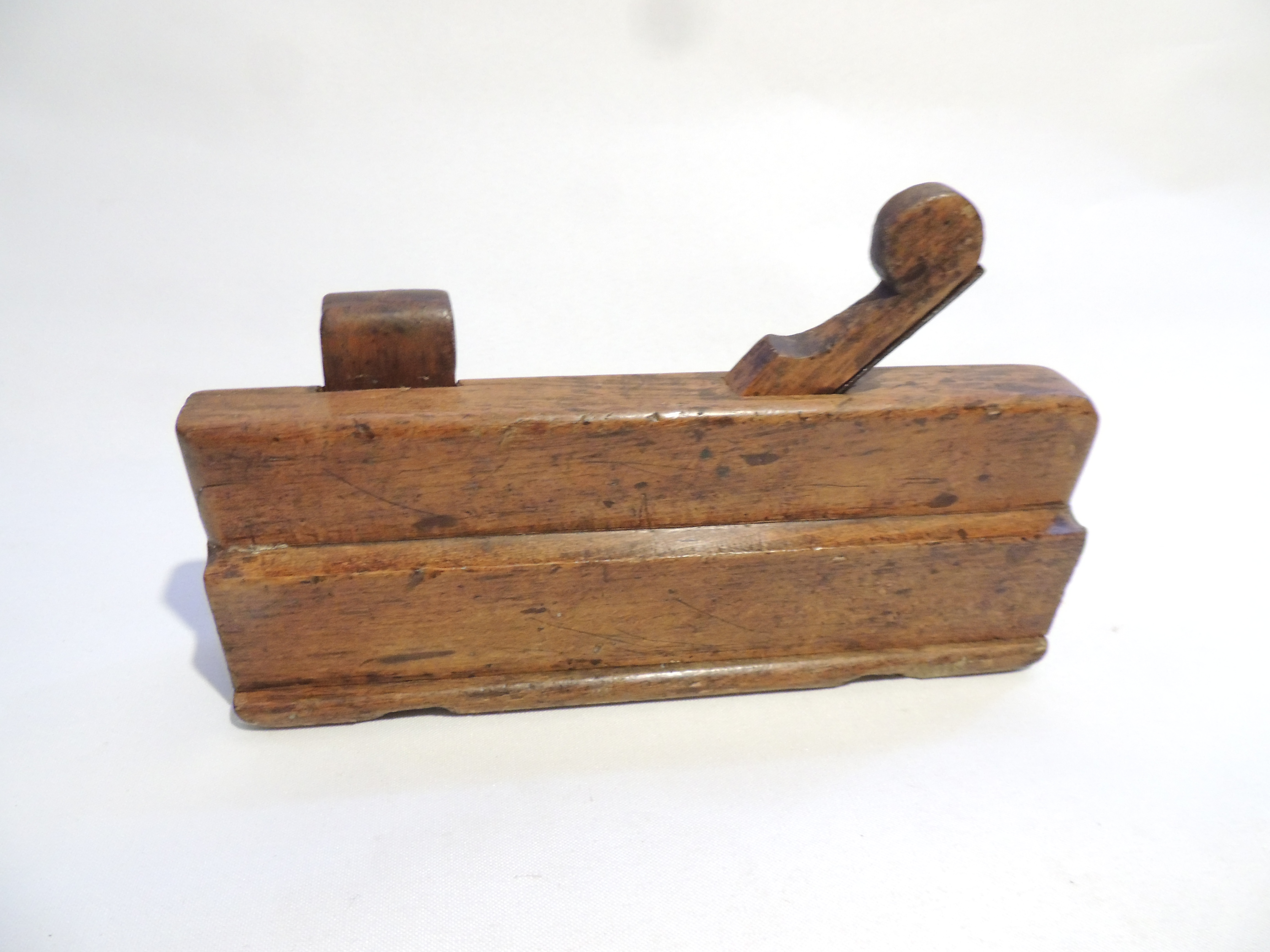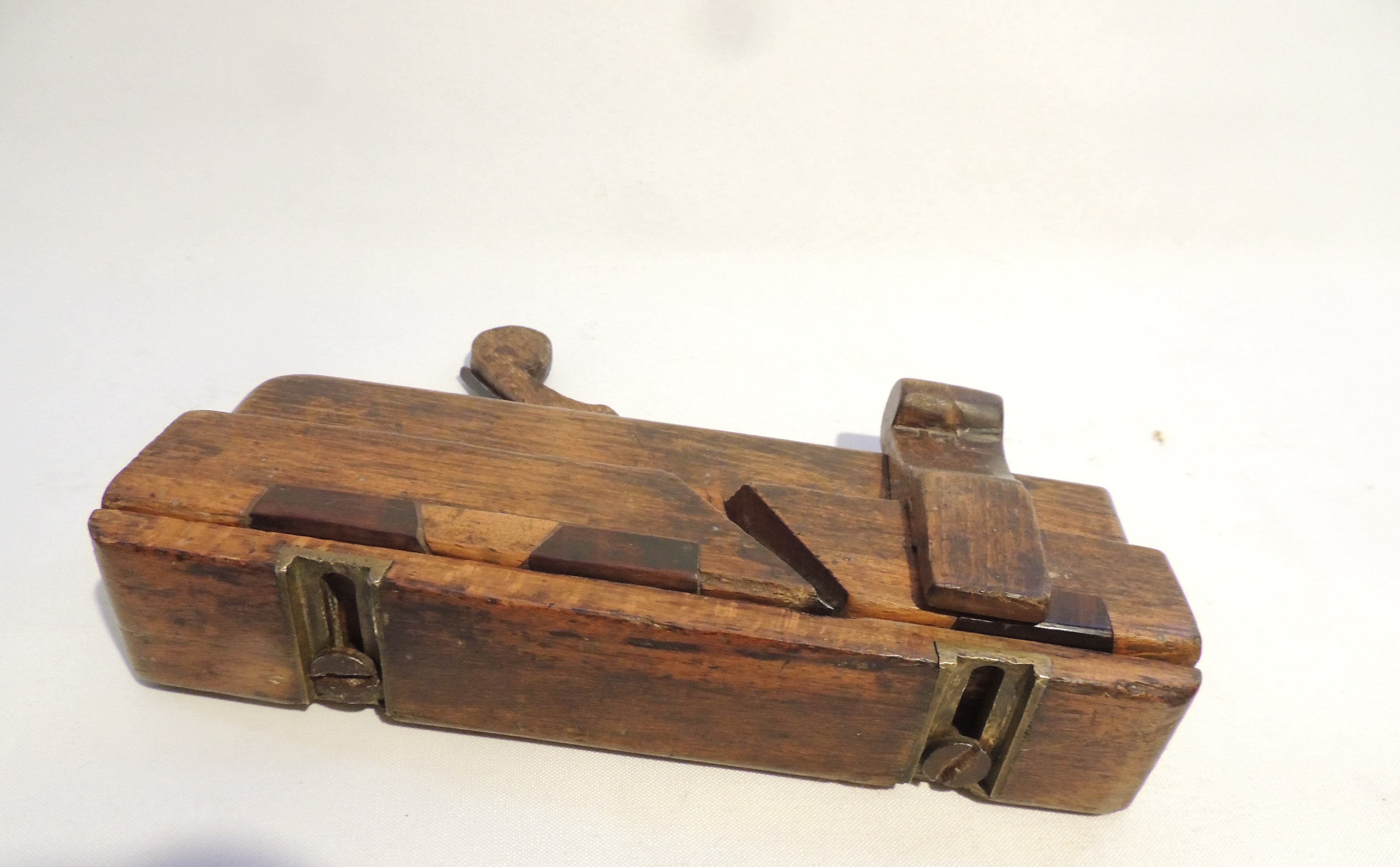harryd
Established Member


My question is what to do with it? It’s a collector’s piece, possibly a museum piece, and I’d like it go to the best possible home where it will be appreciated.
What does the Forum’s collective wisdom recommend?
I will sell it only through the ‘For Sale’ board, not from this posting.







































